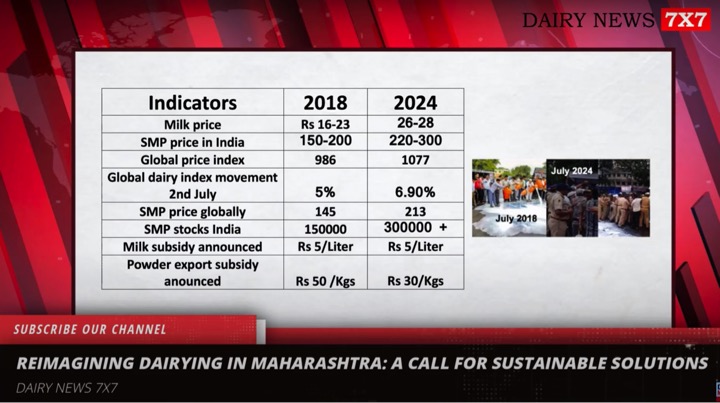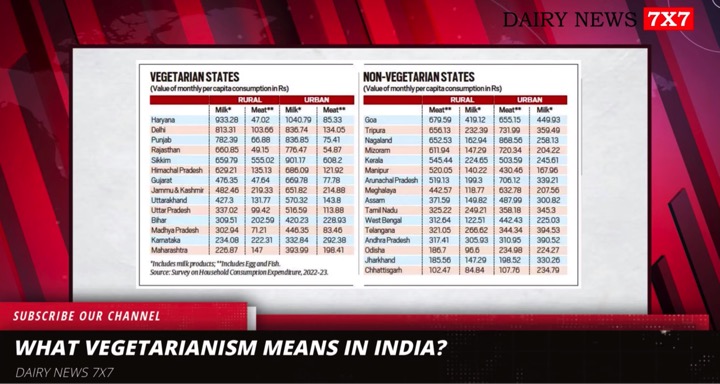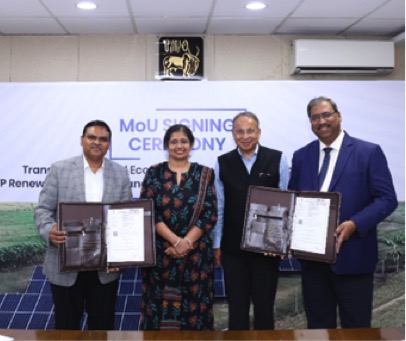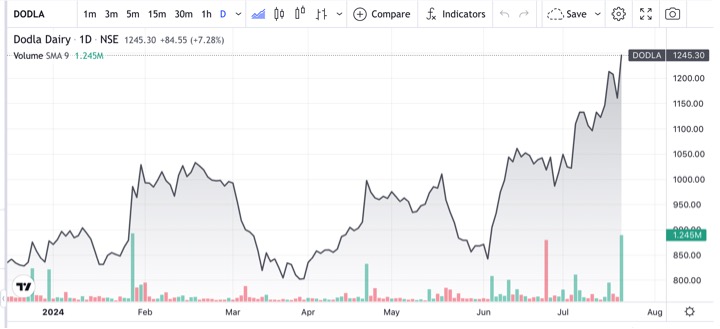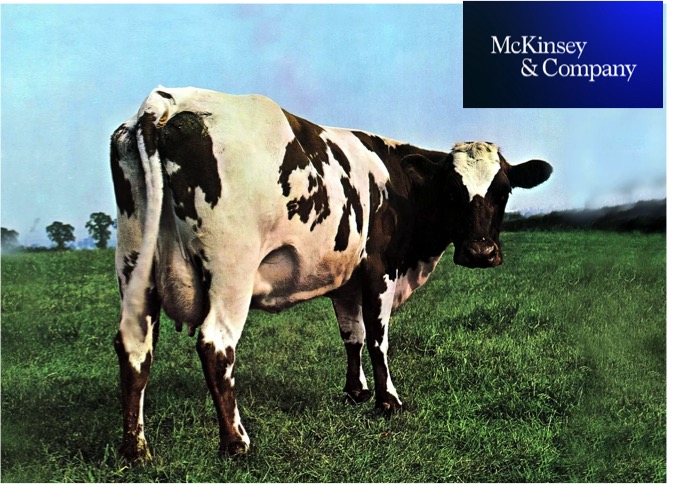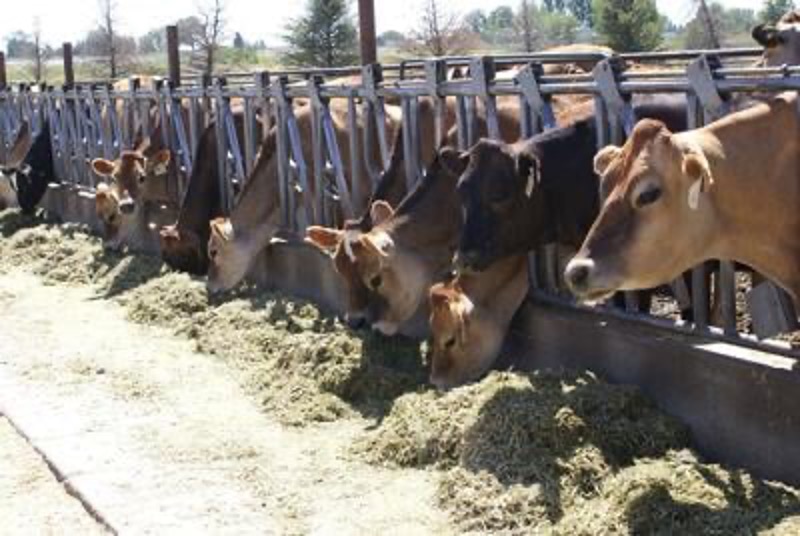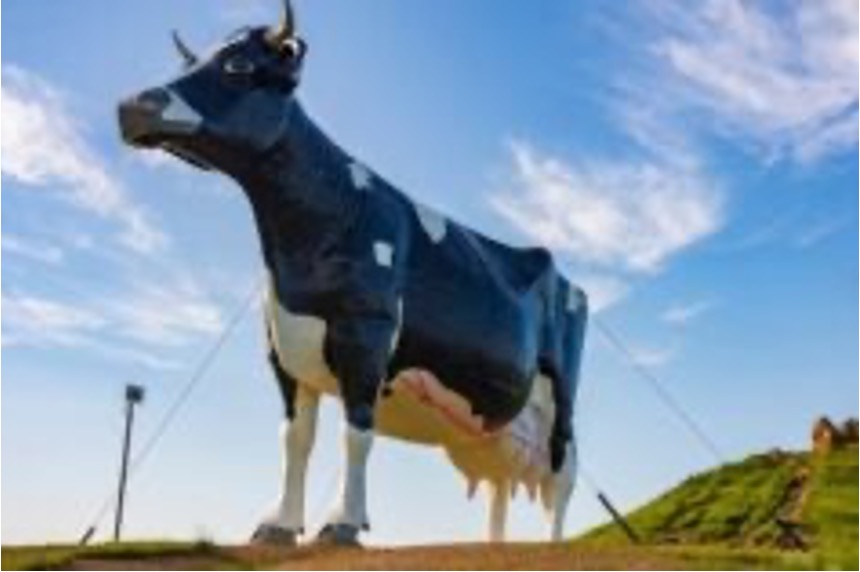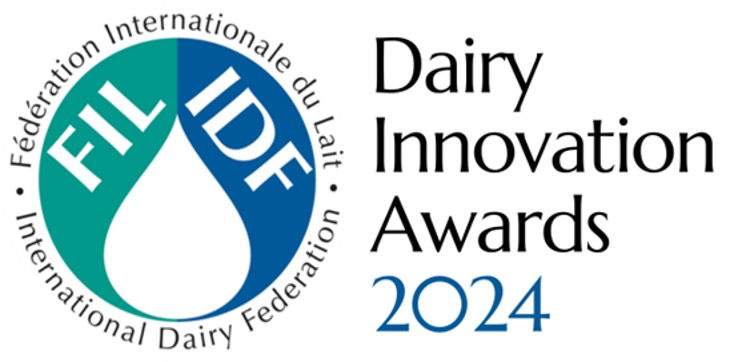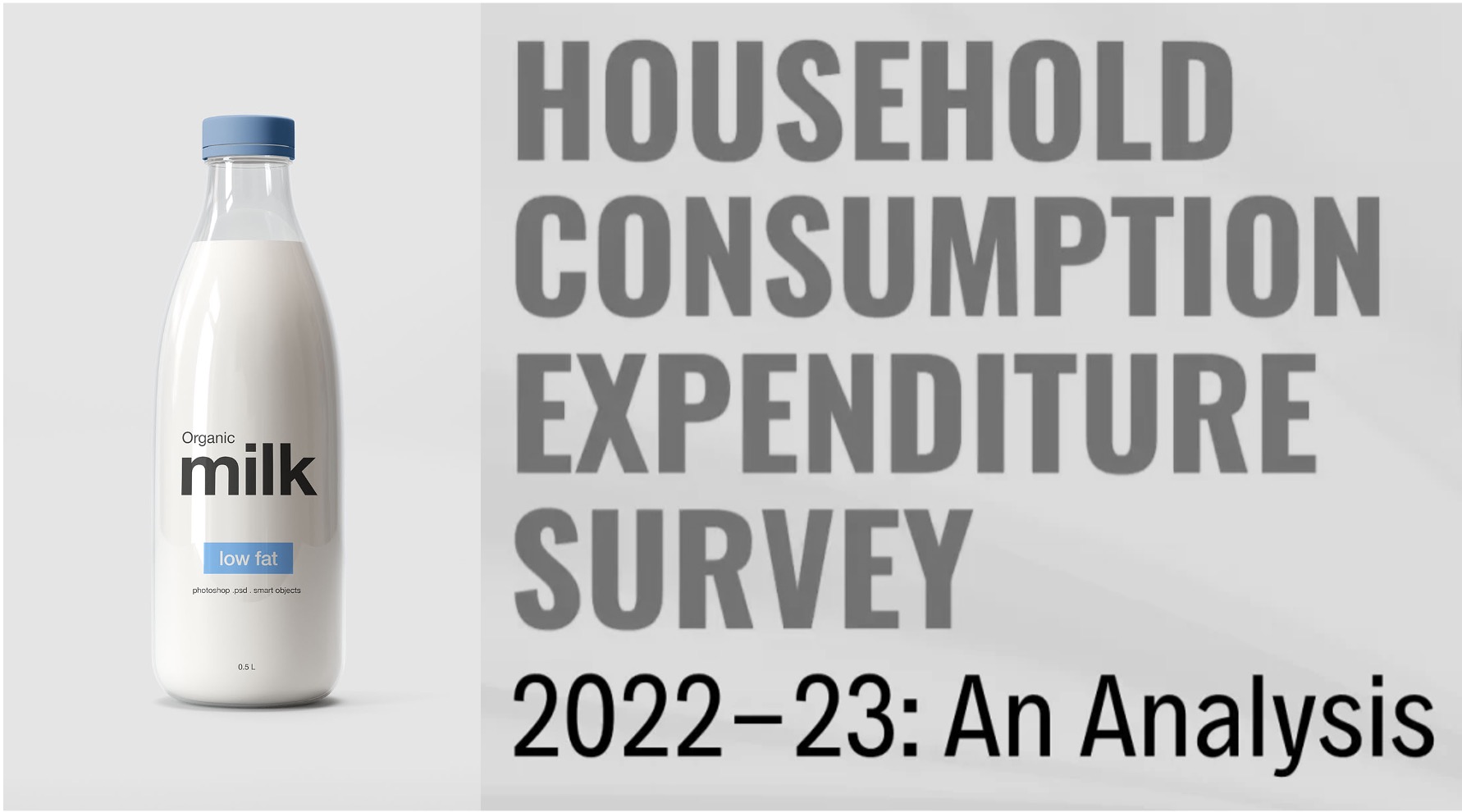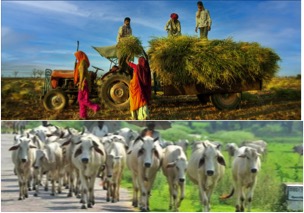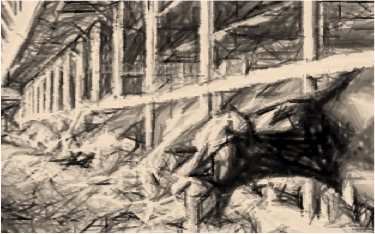For a dairy organisation, generating 400 metric standard cubic meters (MCM) of gas on a daily basis is something unthinkable. But at AmulFed dairy in Gandhinagar, it is one of the several green initiatives aimed at addressing climate concerns.
It uses dairy waste to generate natural gas, which is used in boilers and the canteen. “This is worth ₹5-6 crore of annual savings in gas purchases,” said Anil Bayati, General Manager, AmulFed dairy, which has a milk-processing capacity of 50 lakh litres per day (LLPD) to make dairy products.
Dairy processes are highly energy-intensive, including refrigeration and powder making, and heat generation among others.
On the other hand, the National Dairy Development Board (NDDB) is setting up India’s first dung-based power plant with 4,000 MCM capacity to produce 19 tonnes of thermal energy (steam) and 2,000 kWh of electrical energy worth ₹1.3 lakh for 2-LLPD dairy plant in Varanasi from biogas. The project, costing ₹23 crore, will be ready by March 2023 and will reduce carbon emissions of the dairy plant by half.
Sun shines on dairy
Under the National Dairy Plan-I, it had provided solar equipment to 67 district cooperative societies to use power in testing and warm water requirements. Also, NDDB has supported 16 dairy plants for solar energy.
Clearly, renewables are an area of priority for the dairy industry, besides the big corporate investors. In cooperatives, AmulFed has set up one megawatt (Mw) solar rooftop plant at its dairy plant in Gandhinagar with ample room for more.
In New Delhi, Mother Dairy is ensuring greener and more sustainable measures. Manish Bandlish, Managing Director, Mother Dairy Fruit & Vegetable Pvt. Ltd said, “In our endeavour to replace conventional energy, we have installed and commissioned various solar projects in our plant premises across the country. Mother Dairy has also set up a Concentrated Solar Technology (CST) plant aimed to generate heat to cater to the hot water requirement in our processes.” This is in addition to the conversion to energy-efficient equipment and process automation to scale down grid power consumption across processing and manufacturing.
Dairies for wind-solar hybrid
Among private players, Hatsun Agro’s RG Chandramogan said the company has reduced energy consumption by 16 per cent over the last six years. Also, the company is using renewable energy to fulfil about 75 per cent of its annual electricity requirements in Tamil Nadu. “In 2017, we had gone for windmills, last year we set up solar projects. For our captive consumption of about 11 crore units annually in Tamil Nadu, we generate about 9 crore units from renewable sources,” said Chandramogan.
Hatsun and AmulFed are among the leading dairy players who are now decisively looking at hybrid power generation through wind, solar energy. “We are working on the hybrid front for solar and wind. It’s a work in progress. We have to look at the Government norms before doing it in other States,” Chandramogan said.
While AmulFed officials informed that the dairy cooperative are pursuing a wind-solar hybrid system and will rope in an investor to set up the project and supply the power to AmulFed. “We will have someone to do it for us and we will source the energy from them. We plan to purchase around 1,00,000 KwH per day,” said Bayeti.
Policy reforms needed
However, the current policies are creating hurdles for dairies to aggressively pursue their renewable ambitions. “Unfortunately, the Government has capped the installation of solar generation at 1 Mw irrespective of size and scale of the industry. That cap should be relaxed. The cap should be based on the percentage of the energy consumed by the industry,” said RS Sodhi, Managing Director, Gujarat Cooperative Milk Marketing Federation (GCMMF), marketer of Amul.







